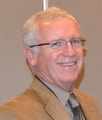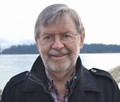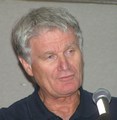"Beyond the Guidebook 2015" introduced to Delta's Mayor and Council (Dec 2015)

“It is evident that there are many champions in local government; and it is important that we recognize and celebrate what they are doing. This is all part of creating our future. And when we ask ‘what will this community look like in 50 years’, we can point to the green infrastructure examples and then we will know what it will look like in 50 years,” stated Mayor Lois Jackson.










